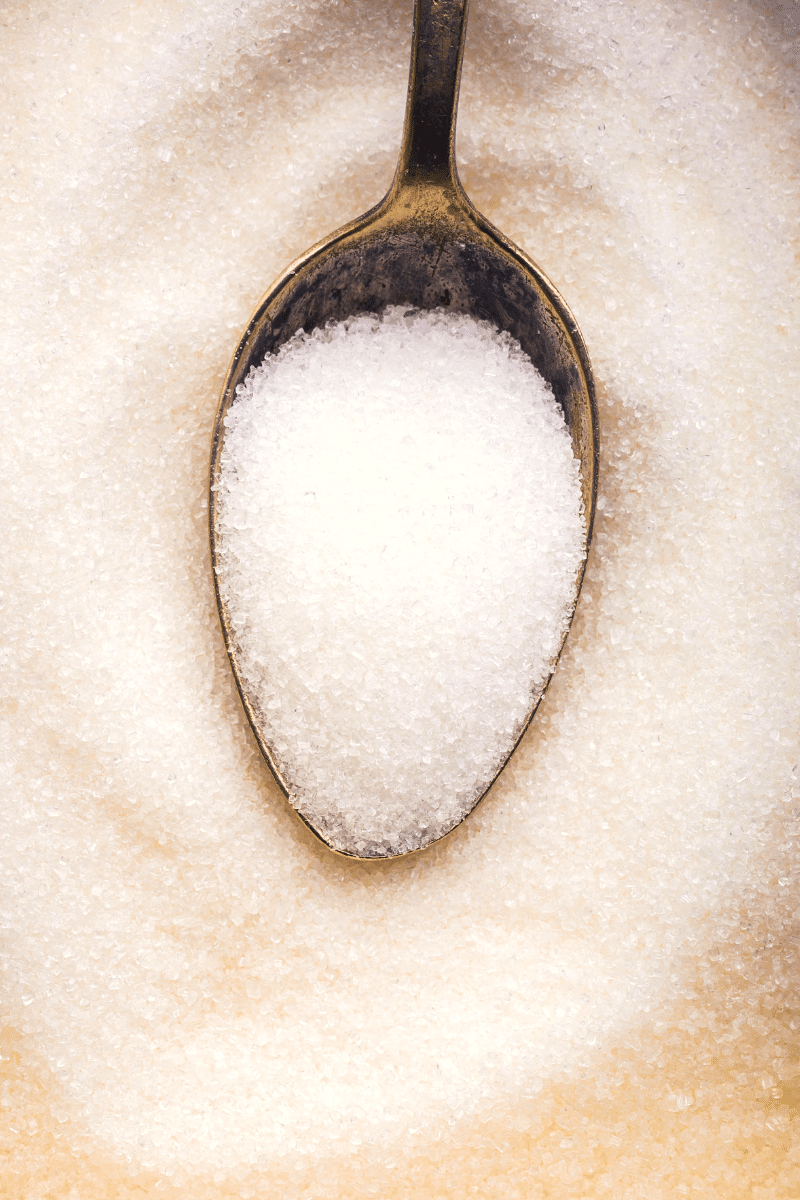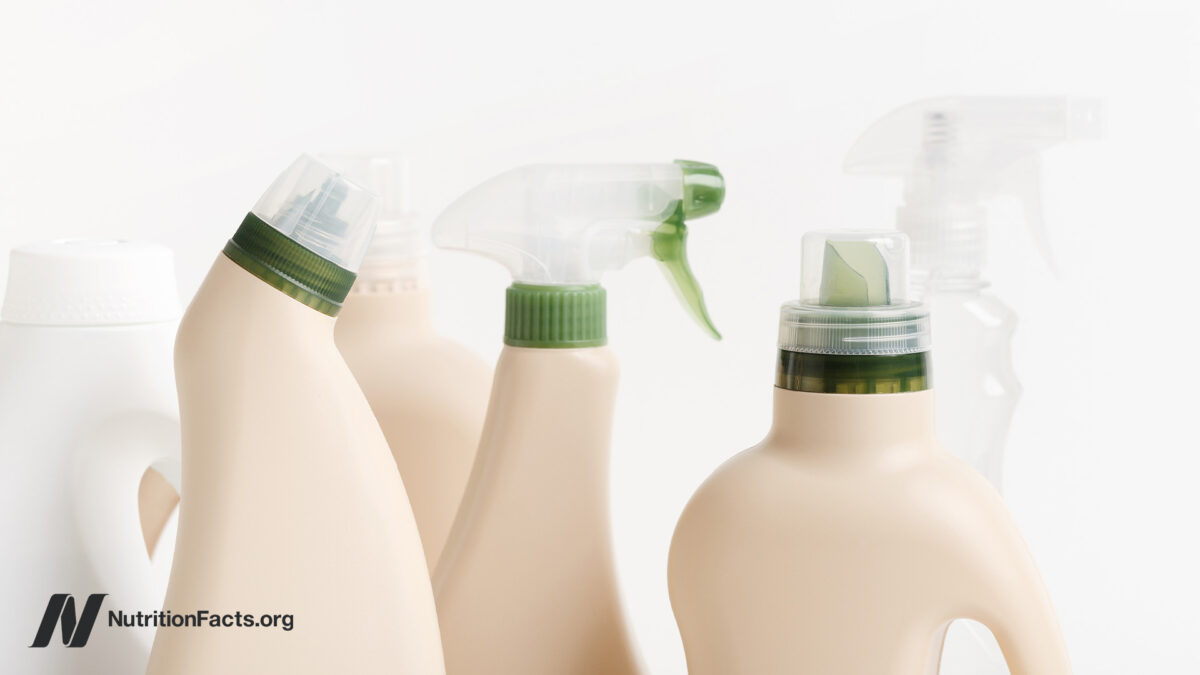Cultivated for centuries by Buddhist monks, monk fruit has been gaining popularity in our food system as a natural non-nutritive sweetener, meaning it sweetens without calories. It could be a great sugar alternative for anyone focusing on wellness goals to reduce added sugars, calories or manage diabetes.
If you aren’t familiar with monk fruit, here’s what you need to know:

What is Monk Fruit?
Traditionally named luo han guo, monk fruit is a small, green gourd-like melon grown in Southern China. It’s extract, or juice, is nearly 200 times sweeter than table sugar but contains zero calories, making monk fruit an ideal sugar alternative for baking and as an ingredient added into sugar-free food food and beverages.
What makes monk fruit so sweet? A little something called Mogroside V. Don’t be put off by the challenging name… mogrosides are naturally occurring antioxidant compounds. In processing, the monk fruit flesh is pulverized to produce mogroside-rich juice, which is then used as monk fruit extract for a sweetener.
On ingredient labels you’ll find it listed as monk fruit or by its traditional name, luo han guo. Typical products using monk fruit might include sweetened beverages, baked goods, yogurts, salad dresses or jams, and sweet desserts like ice cream, hard candies, or chocolates. They may be advertised as ‘sugar free’ products, but not all are always entirely sugar free.
Not sure about Monk Fruit? Learn all about the benefits of this natural sugar alternative. Share on X
Benefits of Monk Fruit
For those seeking to manage diabetes, elevated blood sugars or reduce overall added sugar intake, monk fruit extract may be a good option. A 2009 in-vitro study of monk fruit’s key component, mogroside V, suggest it is a low-glycemic sweetener that stimulates insulin secretion – the hormone responsible for supporting blood sugar balance.
A 2013 study of the antioxidant effect of monk fruit’s active compound mogroside v, highlighed the powerful affect this compound may have reducing oxidative stress. Oxidative stress has been well-studied for its correlation to disease, so perhaps monk fruit extract has some disease prevention properties. More research is definitely needed in this area!
While monk fruit is advertised as a zero-calorie sweetener, it technically contains 2 calories per 1 tsp which the FDA approves as essentially zero. This can be helpful for reducing caloric intake (like sugar in your coffee) without sacrificing taste or pleasure.
Is Monk Fruit Extract Safe?
Yes! Monk fruit extract has been given GRAS designation (generally recognized as safe) by the U.S. Food and Drug Administration (FDA). This deems it safe for use with most populations including children, pregnant and nursing mothers. New Zealand, Canadian, and Australian government health organizations also recognize monk fruit as safe for consumption.
Is Monk Fruit Extract Pure?
Look on the grocery store shelves and you’ll find a few different forms of monk fruit extract in powdered, granular, cubed or even liquid form. Are they all 100% monk fruit sweeteners? Not always.
Some manufacturers blend monk fruit with dextrose, maltodextrin, molasses, or table sugar so the product is not 100% pure. The purpose of that is to make monk fruit taste more like table sugar, to add bulk, or for it to behave similarly to sugar in baking.
Popular brand names available at most grocers include PureLo and Monk Fruit in the Raw, but neither of these are 100% pure forms.

How Do I Use Monk Fruit?
To sweeten beverages, baked goods, oatmeal, or anywhere else you might use sugar! Some brands have ‘tamed’ the sweetness of monk fruit and say you can use it as a 1:1 substitution for sugar – no pesky conversion charts to refer to!
Try monk fruit baked into my Blueberry Oat Bran Muffins or Carrot Cake Muffins for easy, portable, low carb breakfast, snack, or dessert options!
The Bottom Line: Should You Use Monk Fruit?
Using monk fruit extract is generally deemed safe, offers no calories and and won’t spike your blood sugar. It could be a great alternative to sugar if you are looking to reduce overall caloric intake or reign in added sugar intake. Be aware that some products using monk fruit may also contain sugars, which will influence blood sugars.
Want to learn more about other sugar alternatives? Check out my blog post on Stevia!
If you are looking to try monk fruit, here are some options to try:
SOME OF THE LINKS BELOW ARE AFFILIATE LINKS. THIS MEANS THAT AT NO ADDITIONAL COST TO YOU, I WILL RECEIVE A SMALL COMMISSION WHEN YOU CLICK THROUGH AND PURCHASE SOMETHING. THIS HELPS SUPPORT THIS SITE. THANKS SO MUCH!
The Best Monk Fruit Sweetener for Baking
This is my favorite monk fruit sweetener that I use as a substitute for regular sugar in baking and cooking. I like that it’s a 1:1 substitute for sugar so I don’t have to do any extra calculations to figure out how to adjust the sweetness or bulk.
This monk fruit sweetener uses allulose as the bulking agent. Allulose is a sugar that isn’t metabolized by the body, so it doesn’t raise blood sugar or insulin levels. As with many of the poorly absorbed sugar substitutes, overdoing it on allulose can lead to digestive discomfort such as gas and bloating. Early research suggests that allulose could negatively impact your gut microbiome. Another reason why moderation is key!
The Best Golden Monk Fruit Sweetener (Instead of Brown Sugar)
If you’re looking for a brown sugar substitute, this is my go-to golden monk fruit sweetener. It’s also a 1:1 substitution so it will offer similar sweetness for the same amount of brown sugar in your recipes.
Note that this monk fruit sweetener uses allulose to provide bulk. See the previous section for more info on allulose.
The Best Pure Monk Fruit Extract for Coffee and Tea
If you’re looking for something to sweeten your coffee or tea, you can use pure monk fruit extract. I like this powdered pure monk fruit extract and these pure monk fruit extract drops best. Keep in mind you will just need a small dash. A little goes a long way!
I recommend trying to move away from sweeteners in your tea and coffee. Try slowly reducing the amount until you don’t need any sweetener at all. You can also try substituting with a splash of unsweetened almond milk or cashew milk to cut some of the bitterness of your coffee or tea. Also try using a dash of cinnamon in your coffee. I’ve been doing this for years and really look forward to it! Plus, you’re getting some potential blood sugar lowering benefits from the cinnamon! Win-win!
Shop My Favorite Monk Fruit Sweeteners
–> Shop the best diabetes-friendly sweeteners now –>














